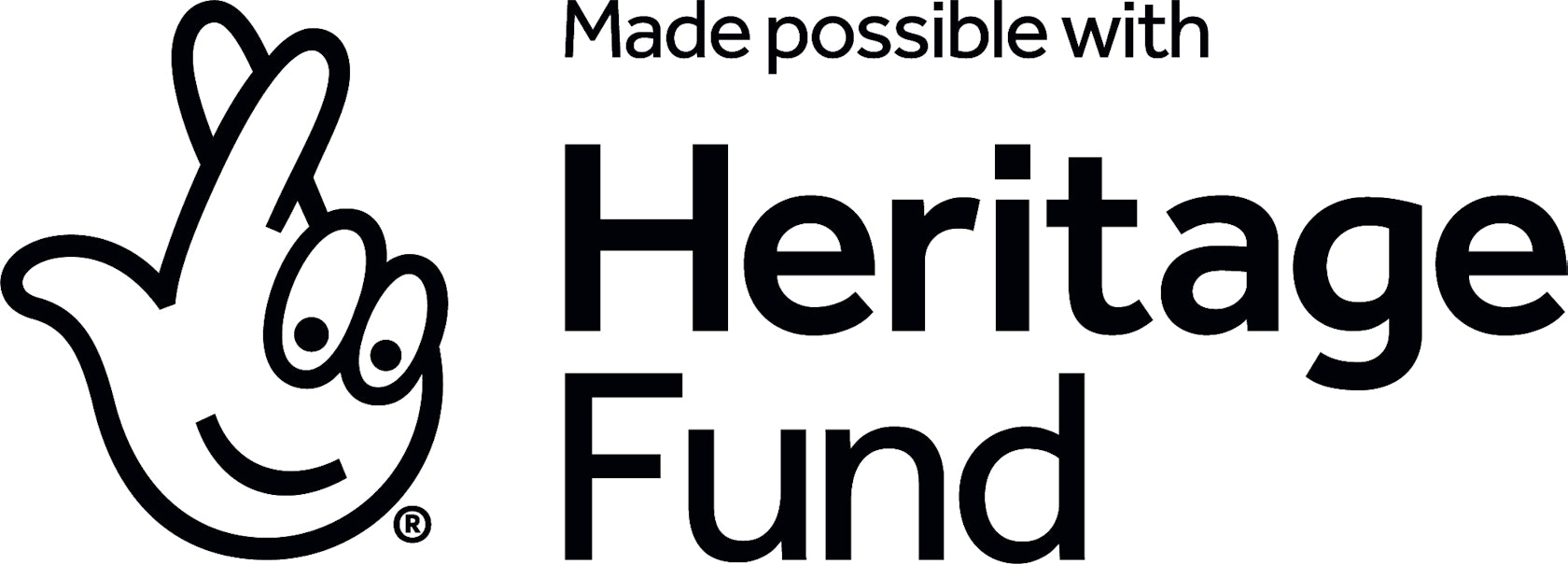Not a piece of furniture or an interesting lamp-base, but an item that moulds together so many of the trades and skills that form Derby’s industrial manufacturing heritage. This competition piece is something for the designer, engineer, woodworker or metalworker to adopt and enjoy the creative capabilities of the craftsman.
This two-piece pattern was entered into an annual patternmaking competition, organised by the East Midlands branch of the Institute of British Foundrymen. The item demonstrates the patternmaker’s ability to translate an engineering drawing into a three-dimensional solid form used to make casting moulds to produce a metal object. In this case, the object is a valve body for controlling flow in a pipe. Interestingly, the Institute of British Foundrymen continues to this day, although now it is named the Institute of Cast Metals Engineers.
Derby has a rich history of cast metal manufacturing, with links to some significant figures and landmarks within the city. The Britannia Foundry, sited almost next to Derby Silk Mill, was established at the beginning of the 19th Century and, in 1848, was acquired by Andrew Handyside. Initially producing a wide range of goods, from railway turntables and bridges to stoves and gates, Handyside developed the firm further, producing goods for both this country and overseas. Perhaps the most famous local feature manufactured at the Britannia Foundry is the GNR railway bridge that crosses Friar Gate (adjacent to Pickford’s House).
Sir Francis Ley, originally an apprentice at the Britannia Foundry, eventually branched out to establish his own business, which was to become the Leys Malleable Casting Co. Specialising in malleable cast iron products for the local rail, automotive and mining/quarrying industries, the business grew to occupy a site of over 17 acres in the Pear Tree district of Derby, providing work for thousands of local people. The business survived for over 100 years and there is an amazing photographic record of work from within the foundry contained in the Derby City archive. Particularly memorable are the black faces of the foundry workers and dust that filled the air from the black sand employed in making casting moulds.
logo-accredited-museum
logo-arts-council
logo-derby-city-council
logo-designated-outstanding-collection
 English_made_possible_logo_black_JPEG
English_made_possible_logo_black_JPEG VAQSA_COLOURplaqueCMYK
VAQSA_COLOURplaqueCMYK MOTY2022_Small_finalist_rgb_Black
MOTY2022_Small_finalist_rgb_Black
